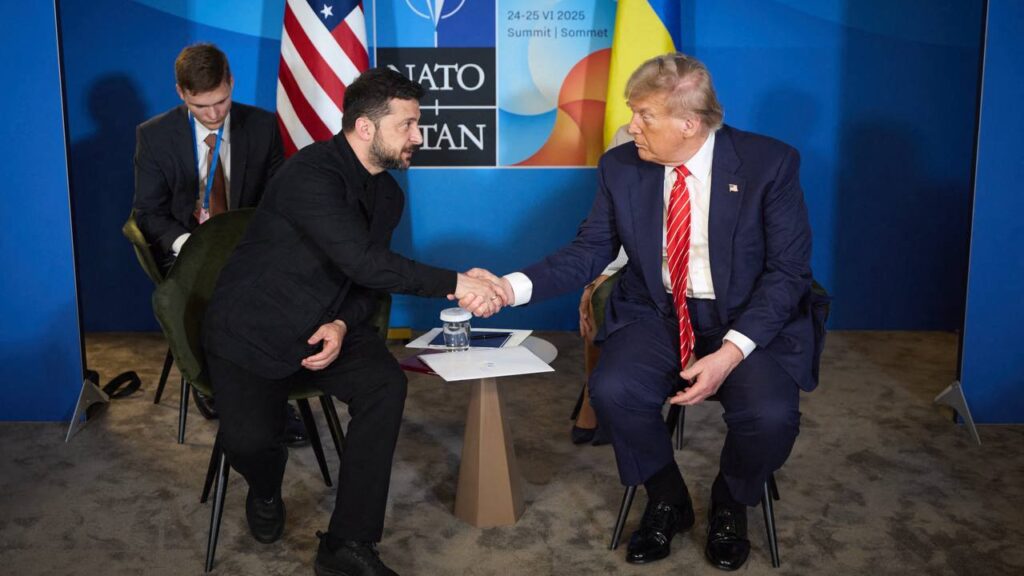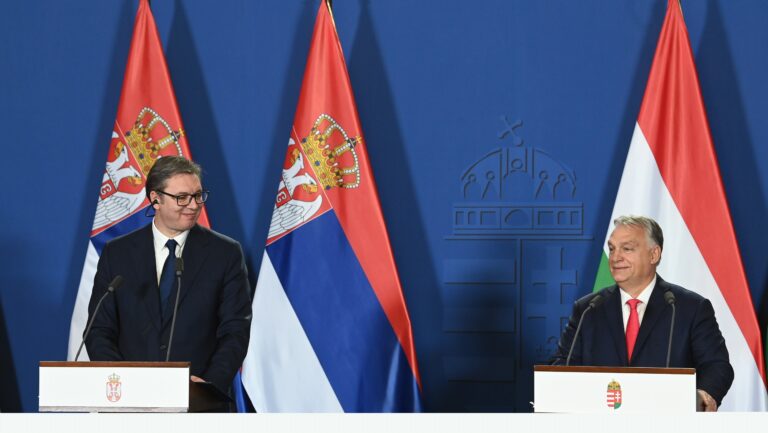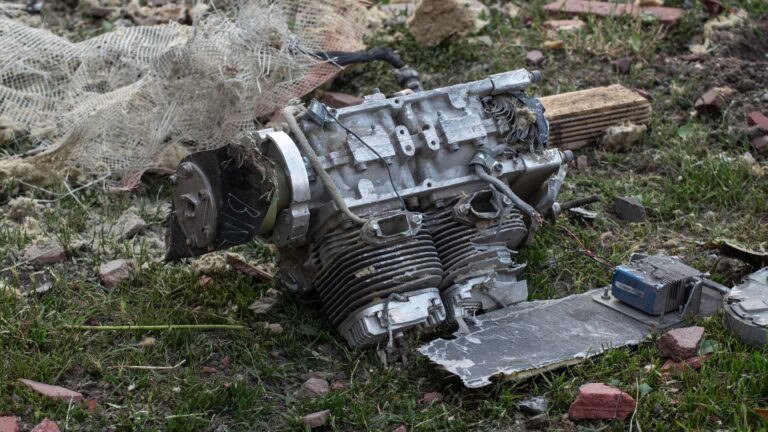When the Nord Stream explosions captured the whole world’s attention for a brief period, and similarly to other widely debated incidents, conspiracists made their harmful contribution to the discussion with fake news fuelling disinformation. According to a recently devised piece of fake news, a Swedish prosecutor investigating the sabotage action was apparently found dead in his apartment. Allegedly, this Swedish prosecutor accused Western intelligence services of being behind the Nord Stream blasts shortly before he died under mysterious circumstances. According to the story, the body of the prosecutor was quickly cremated after his death to cripple investigation into his death. The news about the mysterious death of the prosecutor fuels the conspiracy theory that someone is willing to suppress ‘the truth’ at all costs.
The ‘news’ was quickly debunked. It became obvious that there had been no suicide or murder of any mysterious Swedish prosecutor, and that neither the Swedish nor the Norwegian police know of an ‘Eric Olsen’ or ‘Ollsen’ working on the case—most likely, he never existed. The Hungarian media unmasked the clearly fake story faster than any other, as the picture that was allegedly of the ‘Swedish prosecutor’ happened to be a photo of a former Hungarian politician, Zsolt Borkai. Zsolt Borkai used to be a Fidesz MP, and then mayor of the city of Győr until 2019 when he had to resign due to a major ‘sex-and-drugs’ scandal.
Шведский прокурор, пообещавший огласить миру правду о подрыве Северного потока, умер от укуса пчелы pic.twitter.com/ogh7ajksSe
— Николай Патрушев (@b_bratstvoBron) October 5, 2022
While the Hungarian media seemed rather satisfied with itself for contributing to the debunking of a piece of Russian misinformation, it is vitally important to remember that such easily identifiable fake news is not the main modus operandi of Russian propaganda. The source of the news about the prosecutor, illustrated with a photo of Borkai, was apparently the Telegram channel Наша / Z / Страна, that is, Our / Z / Country. The Latin letter Z is used by the Russian military in Ukraine, and in Russia it has become a symbol of those who support the war. Telegram, known to have contributed to the spread of this fake news, is followed by only 6,500 people, and the post was viewed by only 25 thousand people. Although the post with the Borkai photo was shared by some other fringe and barely followed Russian Telegram channels and online news media, the news was not picked up by any mainstream Russian news organisation. Despite the Hungarian media’s enthusiasm about uncovering a piece of fake news, the rather amateurish ‘Swedish prosecutor’ story does not give an accurate picture of how Russian propaganda really works.
The problem with the massive coverage of such fringe fake news is that it creates the illusion that spotting misinformation is easy. Good propagandists do not give themselves away in such obvious ways, so catching them lying is much more difficult than it appears. If the Hungarian media really wants to expose Russian misinformation, it should focus on more sophisticated, mainstream Russian propaganda and analyse its workings in a more in-depth way, instead of unmasking barely read, clearly low-quality fake news generators. The illusion that spotting fake news is easy is harmful because it gives a sense of intellectual superiority to ‘democratically-minded’ people who can see through ‘propaganda’. Instead of deepening the divide between the ‘intellectually enlightened’ and the ‘lowly ones’ who fall for fakes news, people should be reminded that fake news are harmful precisely because they are often hard to tell.
Mainstream Russian propaganda regularly draws a parallel between the US invasion of Iraq and the ‘special military operation’ in Ukraine
To give just one example, mainstream Russian propaganda regularly draws a parallel between the US invasion of Iraq and the ‘special military operation’ in Ukraine. The US justified its move to overrun Iraq by intelligence reports that claimed that the dictatorship had weapons of mass destruction. Despite the opposition of many European allies of Washington as well as of the UN, America invaded Iraq. After billions spent on the war and thousands of deaths it turned out that the intelligence reports were wrong, and Iraq did not have any such weapons. Russian propaganda claims that they do not only have some undisclosed intelligence reports about ‘the genocide’ of Russians in Ukraine, but also solid evidence about ethnically motivated mass killings. So, if the United States’ actions were justifiable, the Russian government’s ‘special military operation’ is also defendable. Russia claims that it is waging a just war against Ukraine and that Moscow moved into its neighbour’s territory to save innocent lives. The constant hammering home of this message has made Russians support the war because they believe that their government is saving the lives of their fellow Russians in Ukraine, just as Americans trusted their government about the necessity of the invasion of Iraq.
So, the debunking of fake news should begin with the dismantling of the big lie perpetuated by the Russian state media that the war in Ukraine is just because Ukraine is murdering its own Russian-speaking citizens.
It is widely known that most Russians support the war in Ukraine, and it is also clear that Russian propaganda plays a major role in informing Russians’ political beliefs. If Russian propaganda can be unmasked with the ease as the piece about the ‘Swedish prosecutor’ was, Russians who fall for propaganda (i.e., the vast majority of Russians) are blind fools. On the contrary, ordinary Russians are not more or less intelligent than people from Western countries. Russian propaganda abroad and especially at home is highly sophisticated and pervasive, and it is inaccurate to represent it differently. It is no accident that most ordinary Russian citizens enthusiastically support the war—relentless propaganda works, and we are wrong to assume or represent it otherwise.








